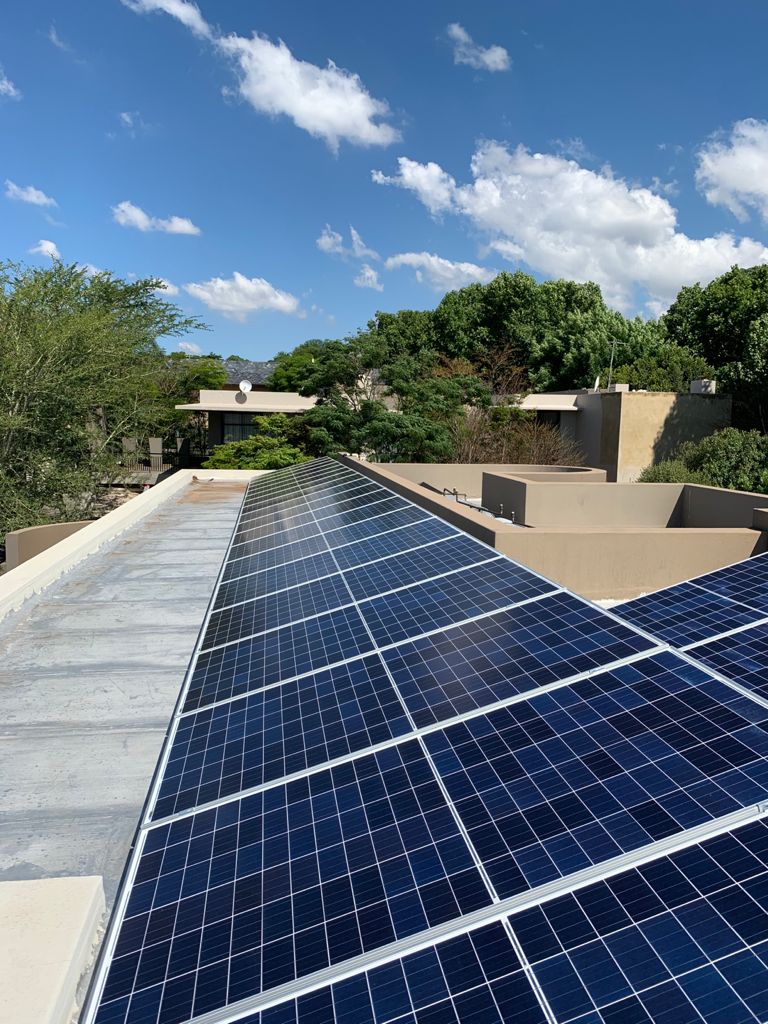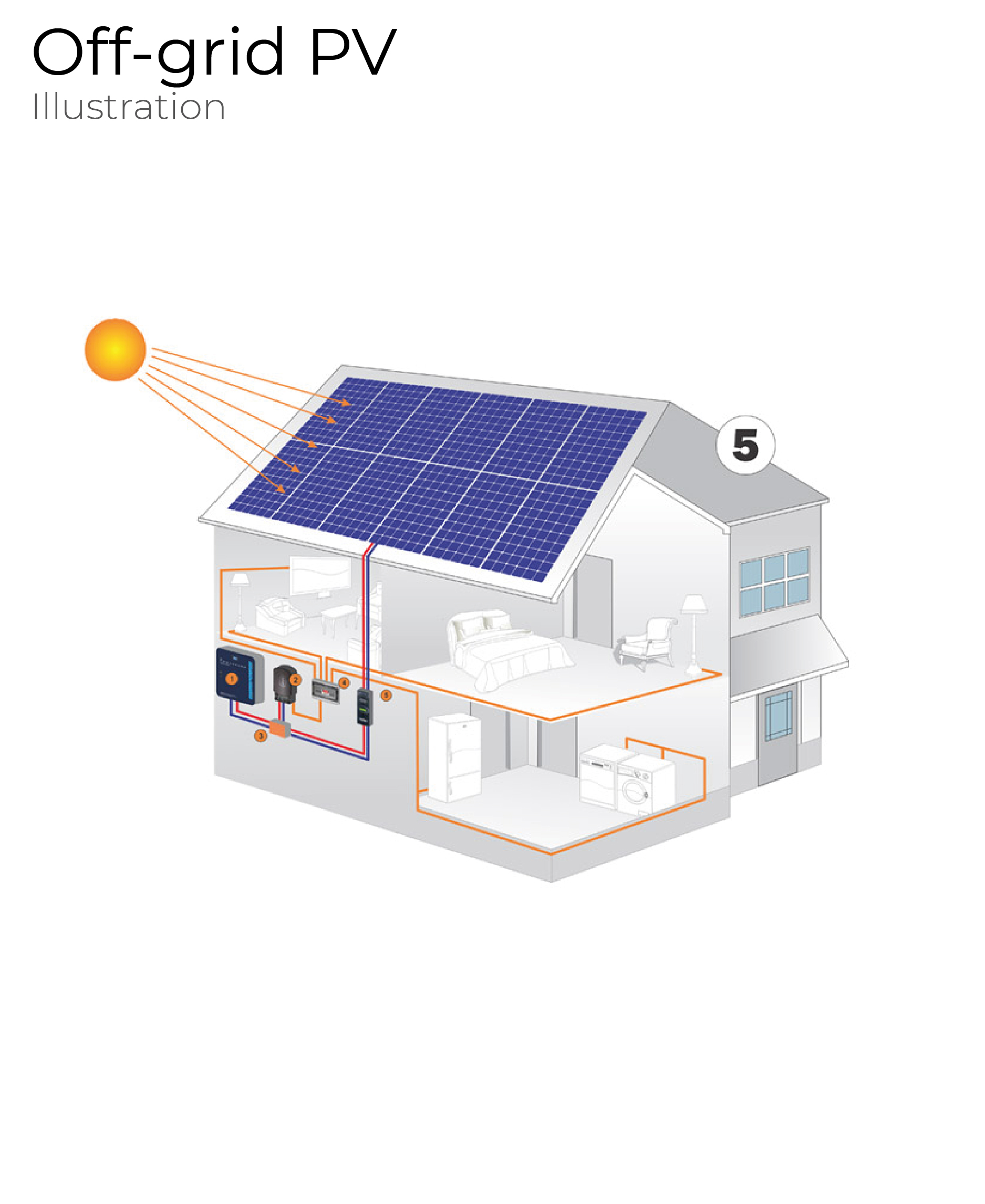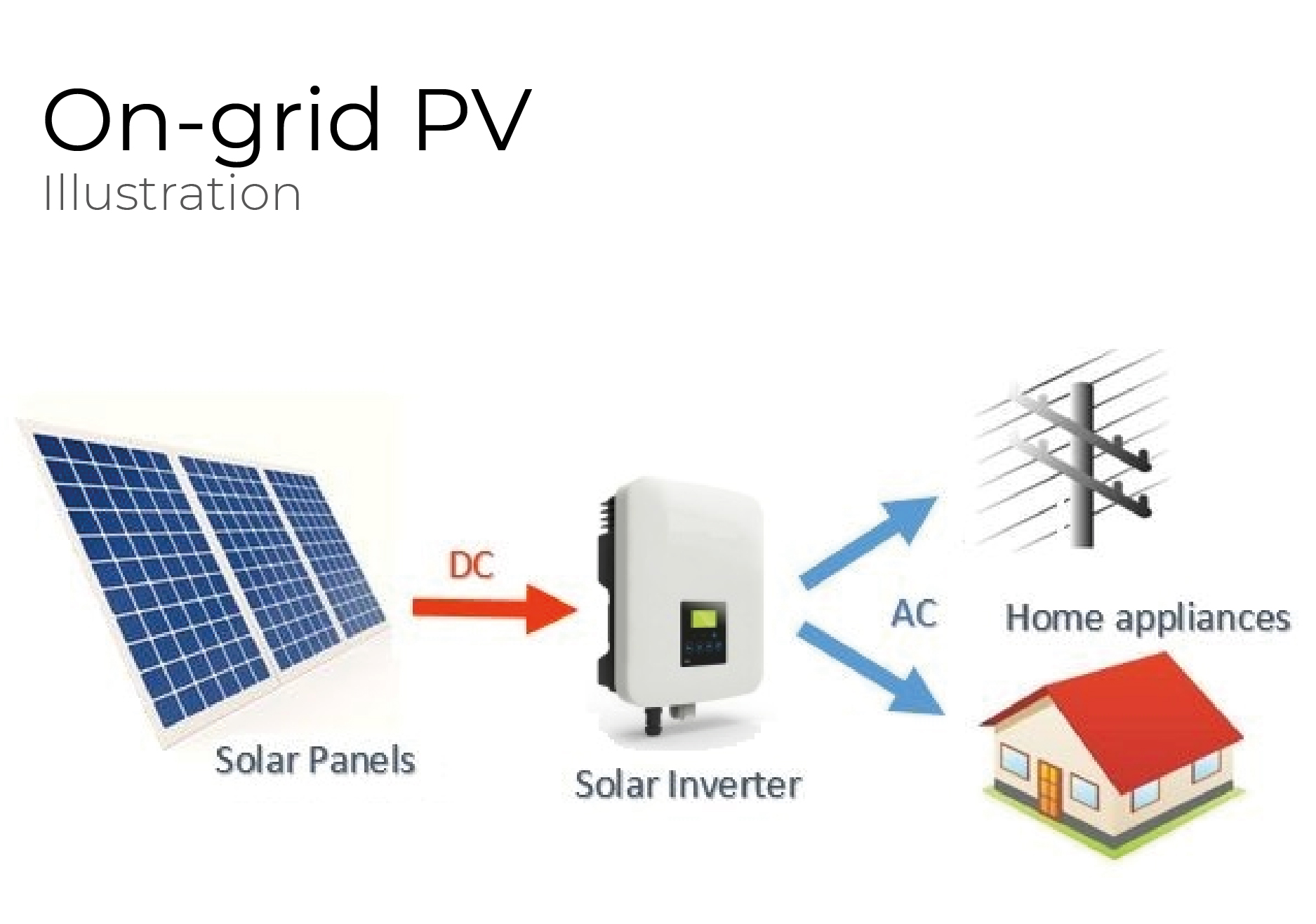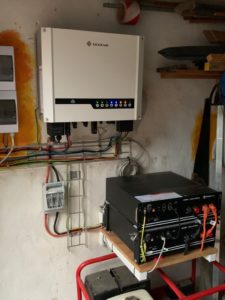We give a 100% guarantee on all the products we provide to our clients because we have confidence in our quality and our ability as a team.
- → PHOTO VOLTAIC
- → SOLAR WATER SOLUTIONS
- → WATER FILTRATION
- → RAINWATER HARVESTING
We promise to give all our clients high-quality service and to treat each client the same. The source of most of our work comes from word of mouth which gives us confidence that we are doing something right.
THE DESIGN & SUPPLY OF PHOTO VOLTAIC (PV) SYSTEMS FOR COMMERCIAL AND DOMESTIC USE
The Greenfire-Eco team utilizes the support and input of consulting engineers from Europe as part of the team in advising, helping to design, and source products worldwide using their volume discounts and product knowledge to leverage the suppliers for the supply of the best product at the best price.
All solar power systems work on the same basic principles. Solar panels first convert solar energy or sunlight into DC power using what is known as the photovoltaic (PV) effect. The DC power can then be stored in a battery or converted by a solar inverter into AC power which can be used to run home appliances. Depending on the type of system, excess solar energy can either be fed into the electricity grid for credits, or stored in a variety of different battery storage systems.
BACKUP POWER SYSTEMS (UPS)
We supply and install various types of backup systems. These will be charged by the utility This would be a pure sinewave solar inverter and Lithium-ion batteries. The sizes of inverters start at 5kw the systems can be upscaled Solar panels and peripherals can be added later. There are three-phase and single-phase options



Quick Links
Off-Grid PV
Grid-Tie PV
Hybrid PV
Services
Off-Grid PV
Background: Off-Grid Solar Energy Systems
An off-grid solar system can be totally off-grid or partially off-grid as this type of system gives one solar energy during sunlight hours and can either revert to batteries or utility if it’s available and however the system is programmed.
These systems do not need to be huge in order for one to be relatively independent of the grid. Generally, these systems are expandable, it is advisable to start small and expand as in most parts of the country we can do nothing with any excess power. More batteries and panels can be added later if required.
The system runs everything that is wired to it from the sun. If more power than the sun is produced it supplements it with utility and if there is a power outage it will switch to batteries, this is done seamlessly. Inverters are fully programmable and have battery management systems.
In South Africa, we are very fortunate with an abundance of sunshine. A backup generator or alternative backup power source may be necessary to supplement your electrical demand and recharge the batteries during times when the batteries are inadequately charged due to very bad weather patches or other unforeseen circumstances. We recommend that the size of the backup power source should be adequate to supply energy to your house and charge your batteries at the same time.
How does a small solar system work
- The system will be what is called an off-grid system, meaning that it will work with and without utility and has back up storage.
- A solar system takes energy from the sun via panels and converts it via an inverter into usable 220v energy, some of this energy is stored in a battery to be used either as a backup during outages or to prolong one time off the utility supplier.
- A small system is going to have 6 panels (+-400w ) per unit a 5 kW inverter as well as a 2,4 kWh lithium-ion battery or a bigger 3.5 or 5.1 kW battery
- More batteries can be added if necessary up to 3
- The system should run all the lights as long as they are LED’S, TV’S, home office, home entertainment, fridge and certain plug points.
- The single battery system should get one through load shedding or outages if managed correctly, if not more batteries can be added.
- The system runs everything that is connected through it from the sun, then it switches to utility and if there is a power outage it will then switch to battery, this is done seamlessly and is fully automated like ups.
- The inverters are fully programmable and have a battery management system
-
The panels used are all tier ones preferably towards the highest wattages available.
- The inverters used are the best available for the system offered all the equipment used is supplied by suppliers who have and do provide good aftersales service for their products
-
Only lithium-ion batteries and are used with varying sizes with only popular brands.
- the systems offered are tried and tested in Australia for many years and spares are readily available
- panels are warrantied for 25 years , batteries are designed for between 5 and 7000 cycles
- Inverters have a 12-month warranty but are the cheapest item and their longevity will be based on how much load they run on.
- All safety fuses , breakers and shutoffs are installed, including slightly thicker cables than required
- This will provide money-saving, some independence from utility

Services
Grid-Tie PV
On-grid means your solar system is tied to your local utility’s GRID. This is what most residential homes will use because you are covered if your solar system under or over-produces in regard to your varying energy needs. All this means for you is that your utility system acts as your battery space.
On-grid systems are by far the most common and widely used by homes and businesses. These systems do not need batteries and use either solar inverters or micro-inverters and are connected to the public electricity grid. Any excess solar power that you generate is exported to the electricity grid and you usually get paid a feed-in-tariff (FiT) or credits for the energy you export.
Unlike hybrid systems, on-grid solar systems are not able to function or generate electricity during a blackout due to safety reasons. Since blackouts usually occur when the electricity grid is damaged; If the solar inverter was still feeding electricity into a damaged grid it would risk the safety of the people repairing the fault/s in the network. Most hybrid solar systems with battery storage are able to automatically isolate from the grid (known as islanding) and continue to supply some power during a blackout. These systems can be used to ease the financial burden of power by reducing paid for power usage load during daylight hours.
Services
Hybrid PV
This is a system designed to get the optimal use of solar PV systems and diesel generators in areas where grid power is not available, unreliable, or expensive. Modern hybrid systems combine solar and battery storage in one and are now available in many different forms and configurations. Due to the decreasing cost of battery storage, systems that are already connected to the electricity grid can start taking advantage of battery storage as well.
This means being able to store solar energy that is generated during the day and using it at night. When the stored energy is depleted, the grid is there as a backup, allowing consumers to have the best of both worlds. Hybrid systems are also able to charge the batteries using cheap off-peak electricity (usually after midnight to 6am).
Hybrid solar systems are very sophisticated. They are fully programmable. At Greenfire-Eco, our team of well experienced in-house electrical engineers can design a hybrid solar system that will provide our customers with a very smart combination of all the energy sources available at your site. Giving you a calculated advantage in reliability, cost and environmental impact for your electrical energy usage.
If the power generated by PV solar arrays is inadequate to supply daytime loads as well as charge your batteries, the system can recharge your batteries from the grid when generally a lower off-peak electricity rate is applied.
When electricity usage goes above a certain level nationally, the grid supply may charge you at a higher rate for the increased level of demand. Hybrid systems can provide ‘peak lopping’ where some of the stored power can be drawn from the batteries to help balance power usage.
If your grid connection does not have the capacity to supply a required load, a hybrid solar system will supplement any extra power. This may allow you to avoid a costly mains upgrade to your property.







